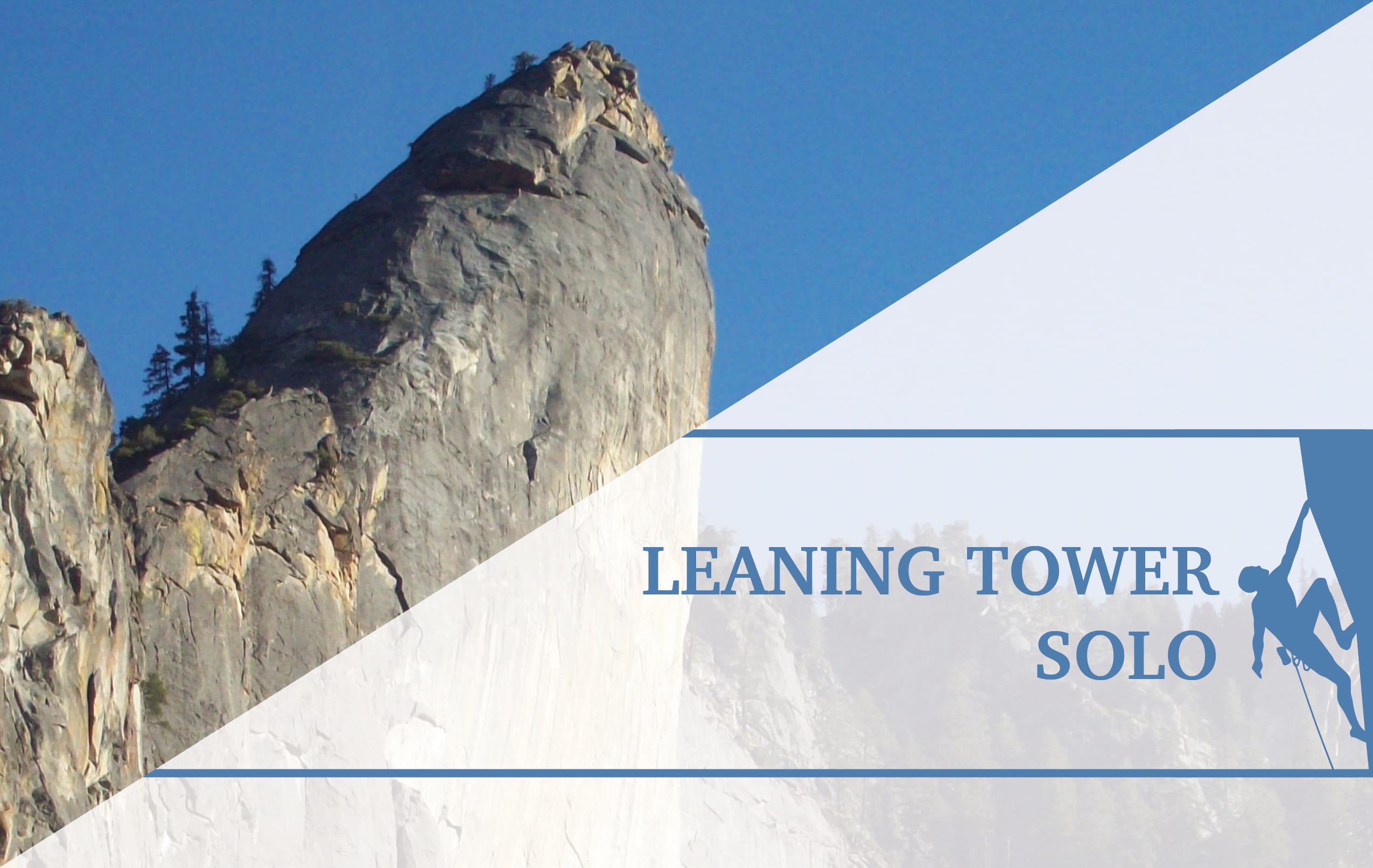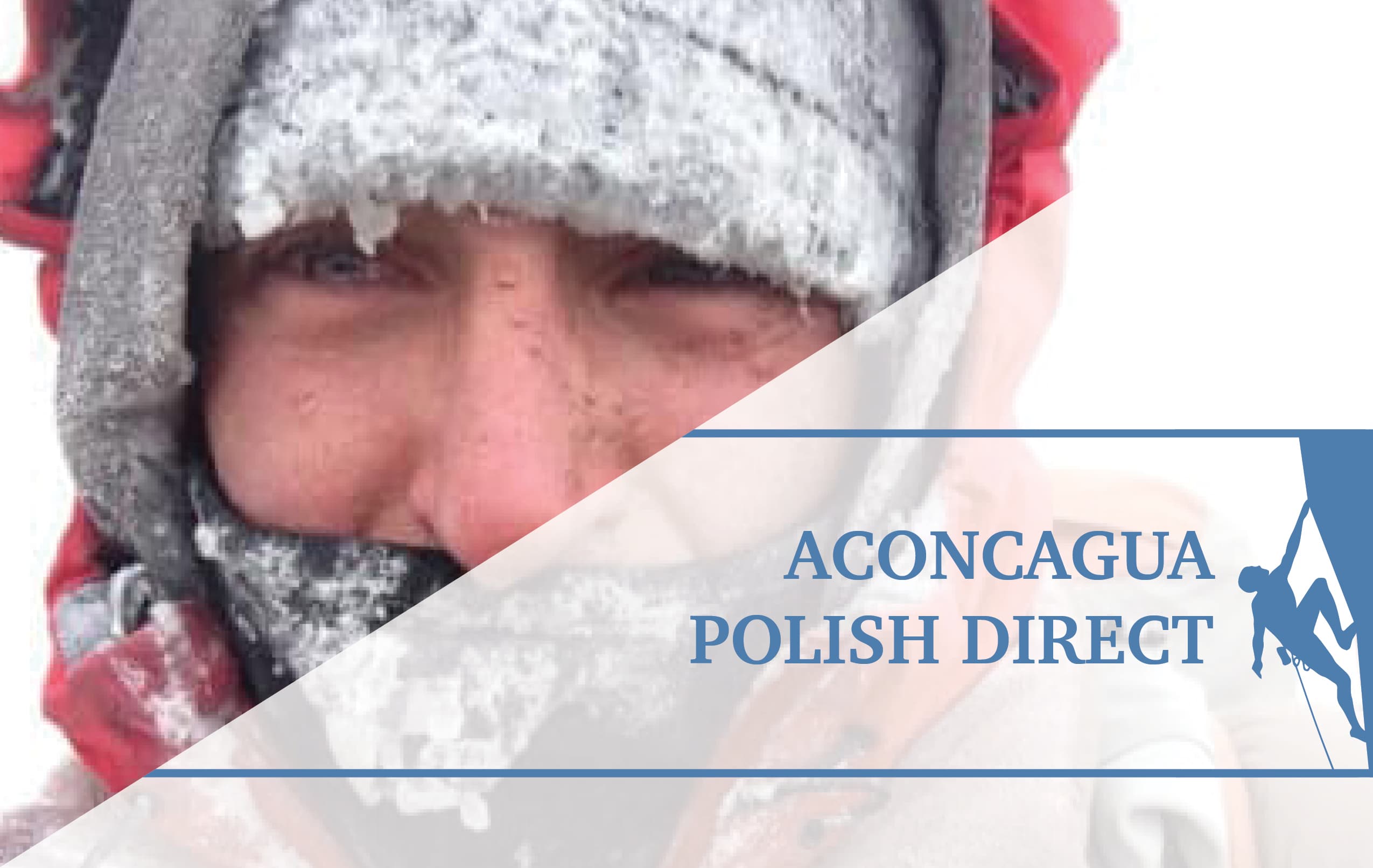Lurking Fear – El Capitan
Background:
Life is crazy at times. This past year was characterized by taking risks. I quit my job that I loved and moved away from the city of Santa Monica. I packed my bags with climbing gear and flew down to Peru with some lofty objectives. The trip was characterized by the highest of highs (climbing Alpamayo, opening a route on Huamashraju, Climbing a 17,500 foot big wall called La Esfinge, Soloing Vallanaraju and topping out Ranrapalca at 20,000 feet) and the lowest of lows (The passing of Ben and Gil). I flew back home with two months filled with life changing experiences. I was ready to get out of the mountains and onto some rock. I was tired of humping heavy loads to high camps, waking up nauseous from the altitude, shivering sleepless nights in my sleeping bag and 12 hour summit pushes while gasping for oxygen. I was ready to be back in California. I was ready to go back to Yosemite and get on the Big Stone. I was ready for El Capitan.
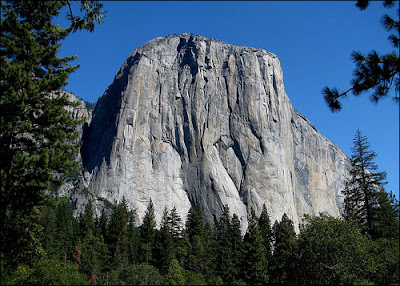
The Route:
Lea and I chose to climb Lurking Fear. It goes at 5.7 C2F. I was expecting the route to be cruiser but ended up taking 3 lead falls (my first lead falls on aid) and wasting 5 hours off route (this can be attributed to trying to climb in the dark). Overall it was a fun route (mostly because of the hooking – the other pitches weren’t very inspiring). The route felt a bit committing because rappelling the route would be annoying (there is quite a bit of traversing).

Route Number 1 – Courtesy of Supertopo
Day 1: Pitches 1-5
The first day was fun, but slow. We experimented with the hauling ratchet (http://www.mountainproject.com/v/21-haul-setup—rate-my-rigging/107577488) and it seemed to be the only way to lug our heavy haul bag up the route. It was a bit time consuming until we got the hang of it.
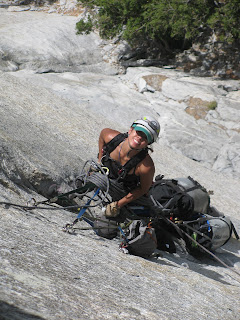

Day 2: Pitches 6-11
I felt we needed to get to pitch 11, or else we would have a lot of difficulty summiting in the proper time. The climbing went a bit quicker this day and was highlighted by some awesome bomber hook traversing.
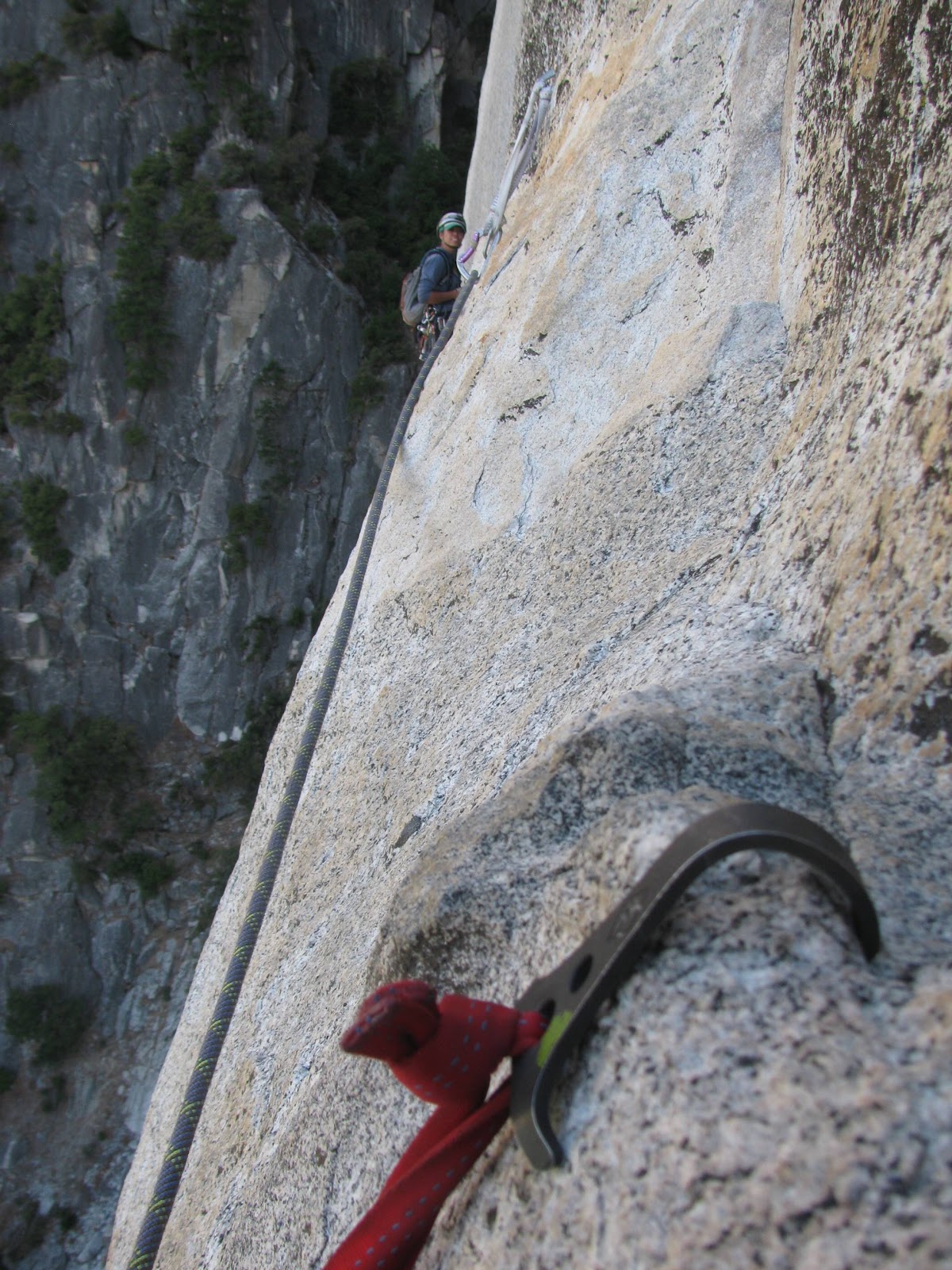

Day 3: Pitches 12-15
I wanted to get to Thanksgiving Ledge this day, but we had some efficiency issues and I was also pretty tired from the previous day of leading. I ended up attempting to lead pitch 16 in the dark and felt like I was off route. I lowered down, set up the ledge and decided to climb it in the morning.
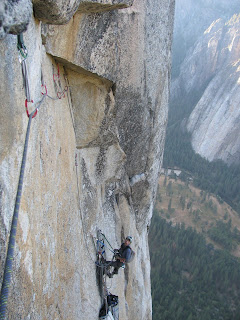
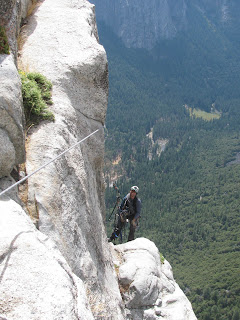
Day 4: Pitches 16-19
Pitch 16: The pitch that I had climbed to in the dark did not seem conceivable. I stopped right before a grassy gully where there was a completely detached toaster sized square block just sitting where my next move was. I thought to myself that this could not be the route; the rock will fall at any minute and there was no cam or nut move pass this section – it would have to be freed – which means I could not down aid it if I was off route. I decided to seek other options and I down aided from that point. I tried to go up a 3-4 inch crack right of the belay.
It started off well as I was leep frogging all of my big C4’s, I even ran into a fixed piece that reassured me. However, eventually the rock stared getting dirty and grainy and I had a feeling in my stomach that this was not correct. I soon ran into a mandatory free move and I saw some old webbing tied off into a bail anchor. SHIT…I was off route again. I made and achor with a nut and the bail cord and lowered off my haul line while back cleaning my gear (quicker than down aiding). I was a little worried we wouldn’t get past the pitch, so I immediately went back up the gully towards the loose block. I found a cam hook move to the right of it and aided some more until I found the bolt at the anchor – relived and exhausted, I looked at my watch – it took 4 hours. I told Lea “you are leading the next pitch!”
Summit: We got to the top of the route just as the sun was setting. I ran to the mantel boulder and flew up some low fifth class slabs before it was fully dark (this was a little heady with the sun setting and in approach shoes with very minimal gear possibilities – I put a Yellow or Blue C4 in a flake to give some sort of protection up high). We fixed the 70 meter ropes at a tree right near a perfect bivy site and shuttled loads. We had some birthday cake, some dinner, then crashed – exhausted.
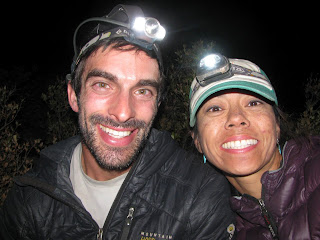
Day 5:
Descent We finished shuttling loads (this was a pain – had to fix two more lines), had some lunch, loaded up our huge heavy packs and descended the East Ledges. It felt good to hit the parking lot – 5 days felt like a long time. I was ready to be back on solid ground.
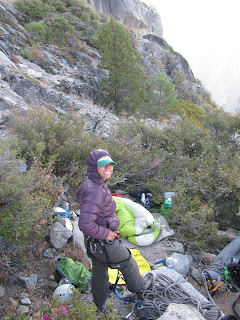
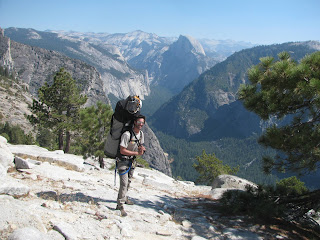
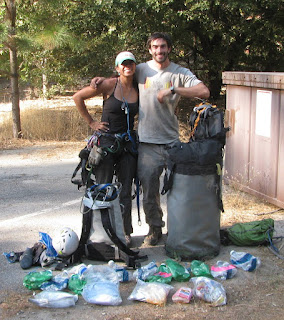
Thoughts:
Each night I would clip my hang nails, take two NSAIDS to try to reduce the swelling in my hands, baby wipe my balls/feet/hands/face (not in that order) and put lotion on my feet and fingers. This helped minimize the discomfort in my hands after doing long walls but I still came back with swollen hands mostly at the nail beds and it was difficult to close my fist – I’m still learning, but maybe that is part of the game. I wore gloves for most of the climb. It saved my hands!
I lead 15 of the 19 pitches and it was very fatiguing. The hauling was the primary difficulty as the bag got caught in a tree at some point and I started to shy away from the 2:1 hauling ratchet as time went on.
I realized that I am not the most “fun” big wall partner as I rarely talk on the wall – I am all about business. I never feel quite secure until I make it back to the ground. Lea was a trooper and put up with this.
There was a 20 percent chance of storm on Saturday and Sunday. It never ended up raining and the storm clouds blocked the sun making it more enjoyable to climb. We brought bivy sacks just in case and did not bring the fly to the ledge. I am not sure which would be a better idea. If it was pouring rain, the ledge and fly would be a pain to setup – a bivy sack is quicker. I guess if there is heavy rain forecasted the fly would be more appropriate. Any thoughts?
We brought one extra day of food and water. This was originally in case it rained one day but ended up being needed because we were moving slow. I decided it is always a good idea to bring storm gear and extra food and water on grade VI walls. Your gear is already heavy – what’s a few more pounds?
The next wall that I climb, I will make sure to take advantage of short fixing…it will save a lot of time in the future
Leave No Trace:
We experimented with this method for storing our poop from one of the guys at pullharder (http://pullharder.org/2012/05/22/big-wall-toilet/). It worked out really well and allowed us to avoid using a giant poop tube which is always a pain to carry down.
We hauled up all of our urine.. On top we had 6 liters of Newcastle colored urine that we dumped in an appropriate spot on the summit. I still like the idea of hauling the urine off the route as there were some belays that smelled like pee. Although I was temped one of the nights to dump all the pee off the ledge to make the hauling easier – I stuck with my ethics and kept the pee in the bottle (actually, they are Jeremy’s ethics, I am just following it because it is what I am used to – and there is some additional satisfaction pouring pee out on the summit).
We packed out someone else’s poop and two water bottles that they had left at the bivy.
- Disclaimer – The content here is designed for information & education purposes only and the content is not intended for medical advice.



